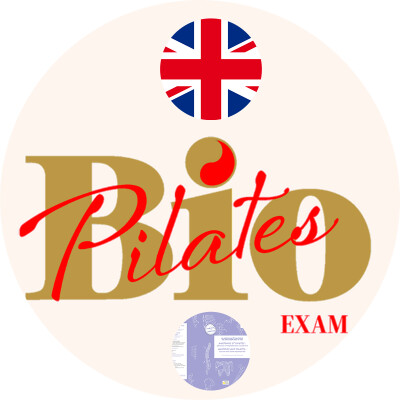Description
💬 The truth is, what really matters is passing your exam.
That’s why our entire Biopilates team is here to support you step by step, by asking you one question each day.
A real question. An instructor’s question.
Sometimes about a muscle, sometimes about an exercise — but always essential.
And the answer?
You’ll find it in the book I wrote for you:
“Anatomy and Pilates : review and exam preparation: The body from head to toe
” – Caroline Berger de Fémynie.
Each page is designed to guide you, structure your learning, and reassure you.
And every day, thanks to our podcasts, you can go deeper, listen differently, and review in new ways.
📘 Book + audio + support = total success.
Because yes, it’s demanding.
But yes — you can succeed.
And no, you won’t be alone.
Hosted by Ausha. See ausha.co/privacy-policy for more information.






